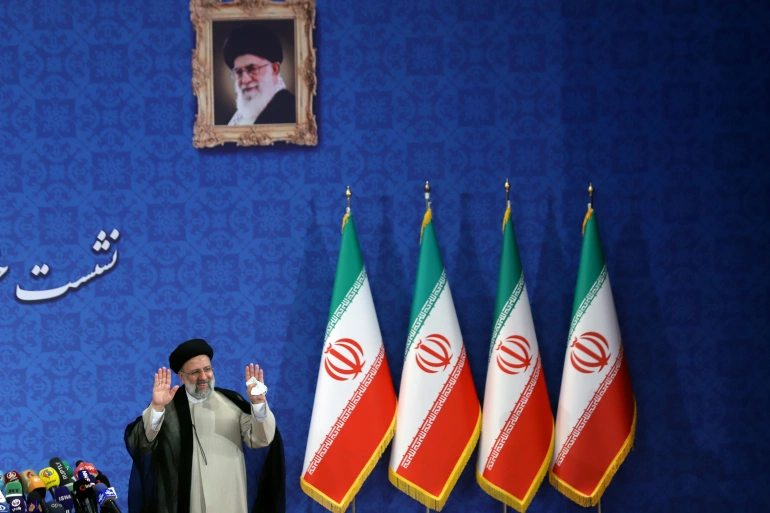In a recent development, UN’s Nuclear Watchdog agency’s head reiterated on Thursday that Iran is about to remove 27 of its surveillance cameras pertaining to nuclear sites located in the country; it has raised the risk for inspectors who are being unable to track down Tehran’s advances due to enriching closer relations with weapon-grade levels.
The Director-General of the International Atomic Energy Agency, Rafael Mariano Grossi, commented at the sudden call of the news at a conference held in Vienna, which stands as an exemplar of the installed cameras across various districts of Iran.
Grossi reiterated that it poses a “serious challenge” to the efforts made by the country’s defence, which on the larger hand warned the country’s failure at maintaining a “continuity of knowledge” about Iran’s program.
Commenting on the same, Grossi said, “This would be a fatal blow” to negotiations over Iran’s tattered nuclear deal with world powers. When we lose this, then it’s anybody’s guess.”
Iran’s authorities did not acknowledge the development of removing the cameras, although on Wednesday, it has threatened the UN to take further steps towards the lurking danger of year along crisis which is about to widen into further disputes across the Mideast.
On Wednesday, concerned officials of Iran has communicated that it is going to shut down two devices that are being used by the IAEA, which is used to monitor the enrichment being made at Natanz. Reacting on the same Grossi has acknowledged this step, highlighting that among the devices being removed, it was the flowmeter and Online Enrichment Monitor.
Iran’s decision came after the IAEA’s board mutually decided at Tehran’s, which what the agency terms as the ‘Islamic Republic’s” failure at grounding credible information over the nuclear material created by man, which is to be found at three undeclared regions of Iran.
Iran earlier told in a conference that it has been planning to install a cascade named IR-6s at Nantaz; the IAEA referring to it as “verified” on the ongoing process of installation being made of that cascade since Monday. However, as promised, the new cascades are yet to begin.
In 2015, both Iran and other superpowers of the world mutually agreed upon the nuclear deal, which limited Tehran’s drastic imitations over the exchange of uranium for lifting economic sanctions.
In relation to the same, talks over Vienna have been initiated which has stalled the nuclear deal for Iran since April this year. As the deal has been collapsed, Iran has initiated the advancement of centrifuges, which has ultimately led to growing stockpile of enriched uranium.

